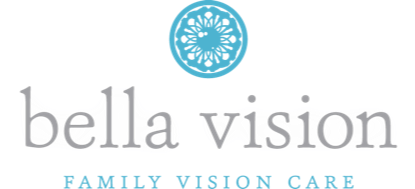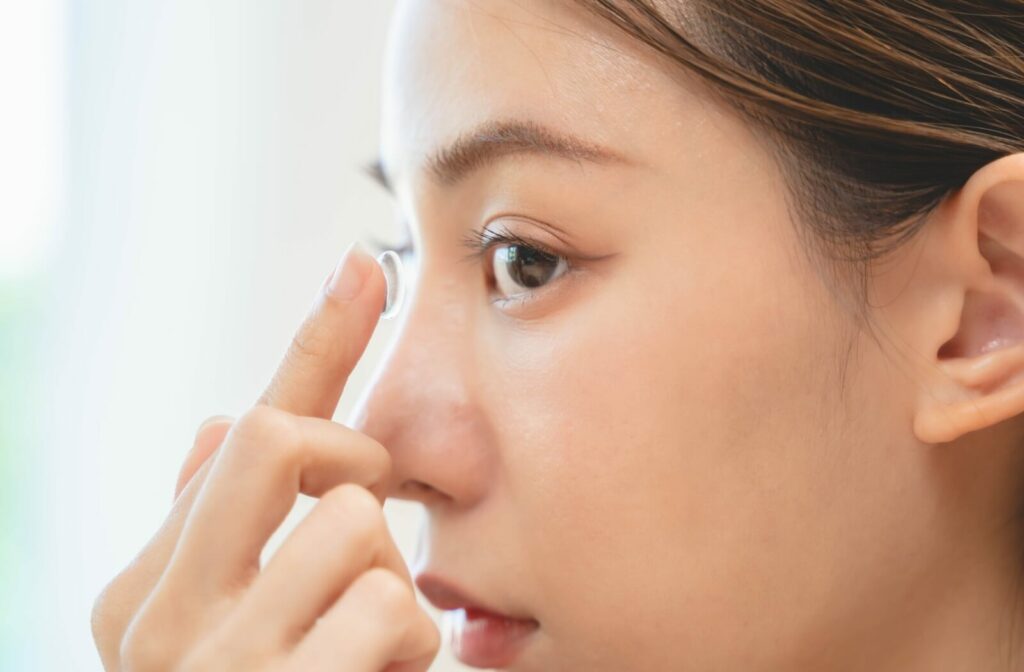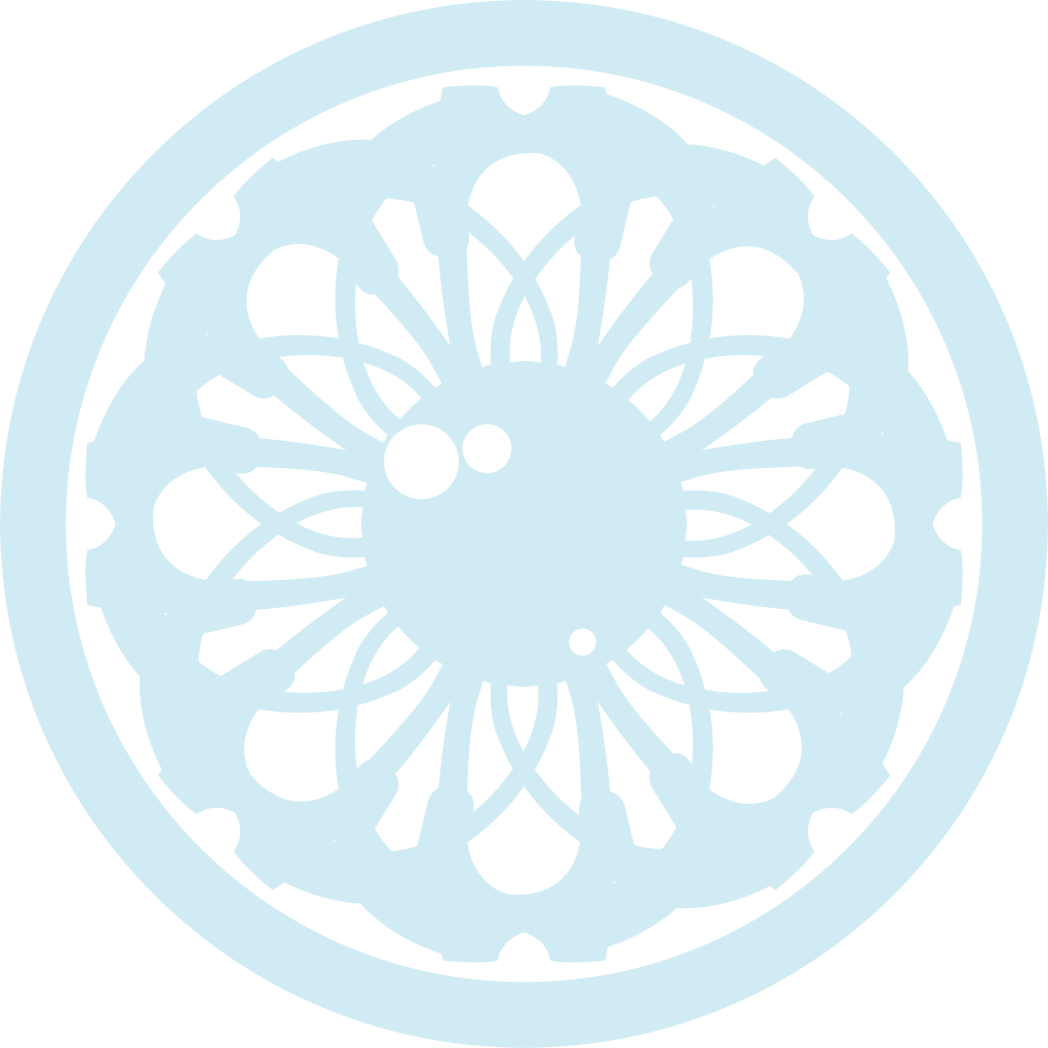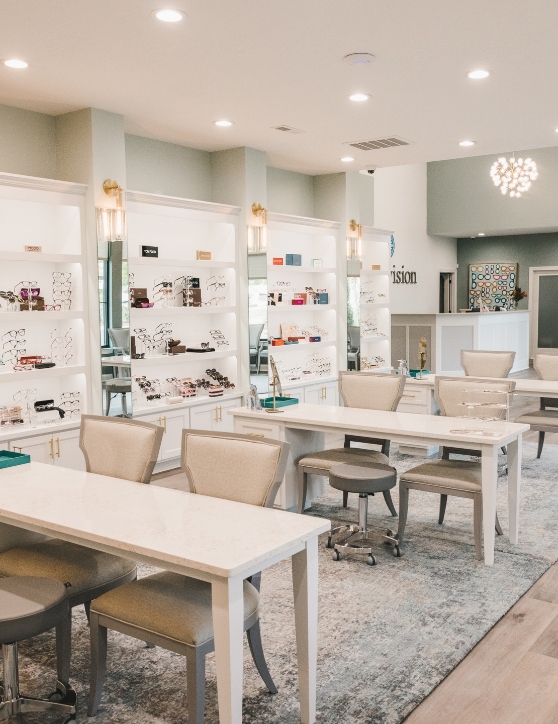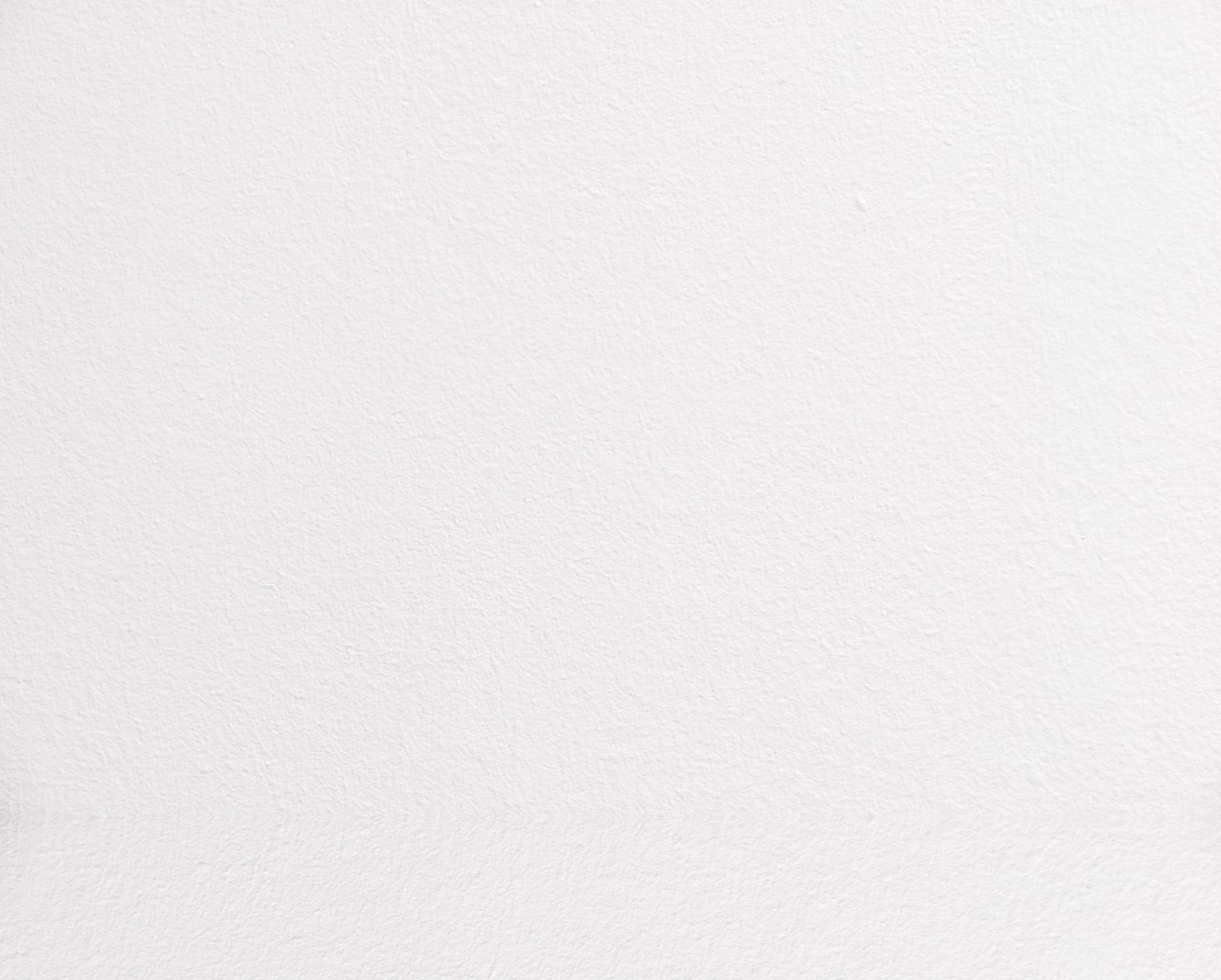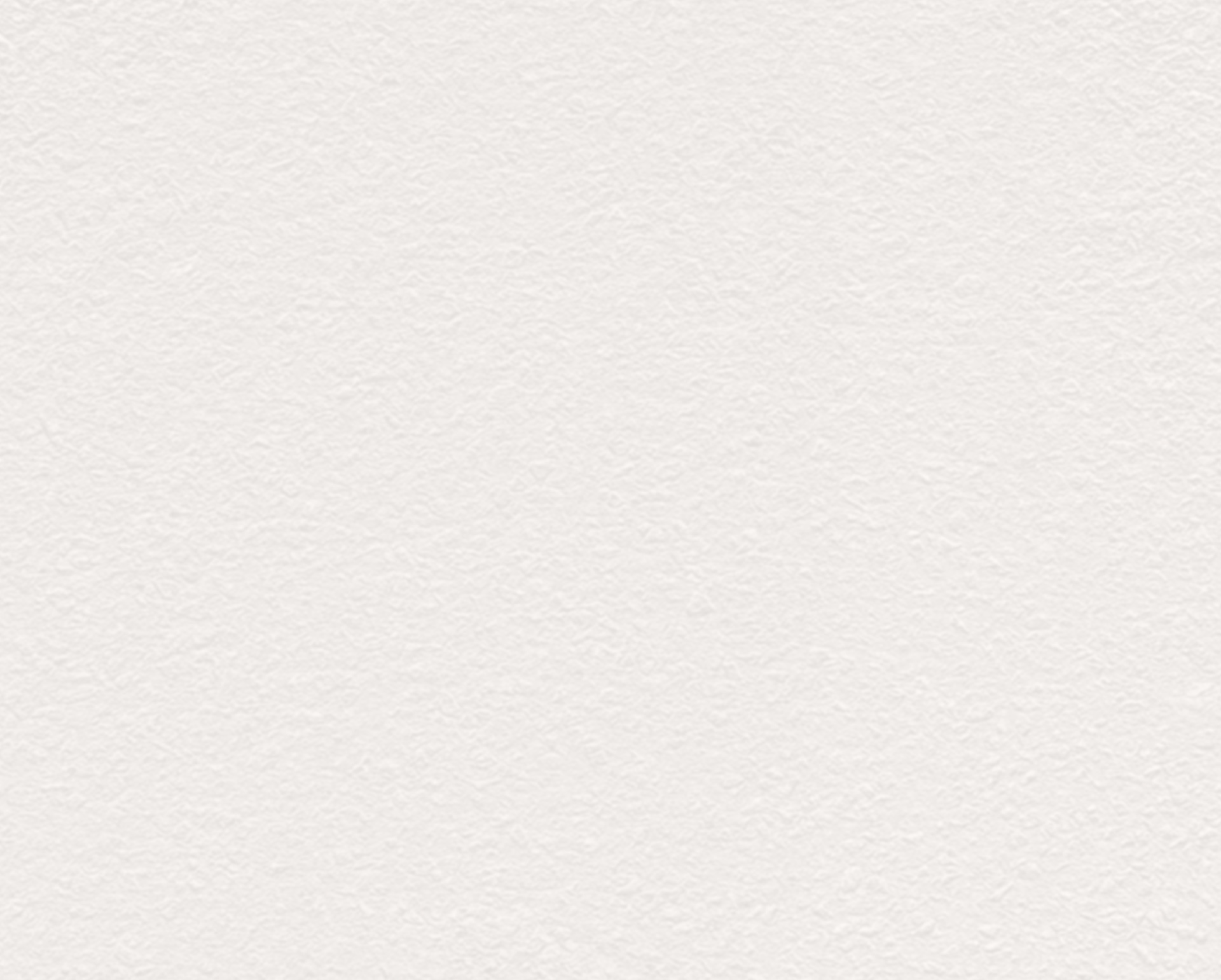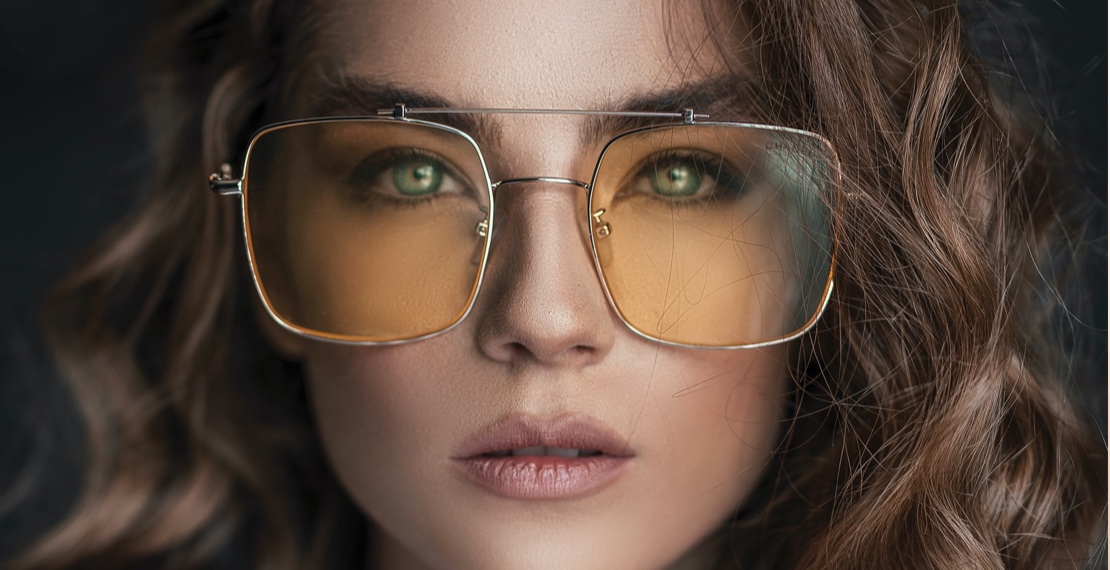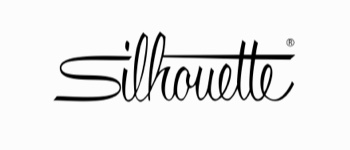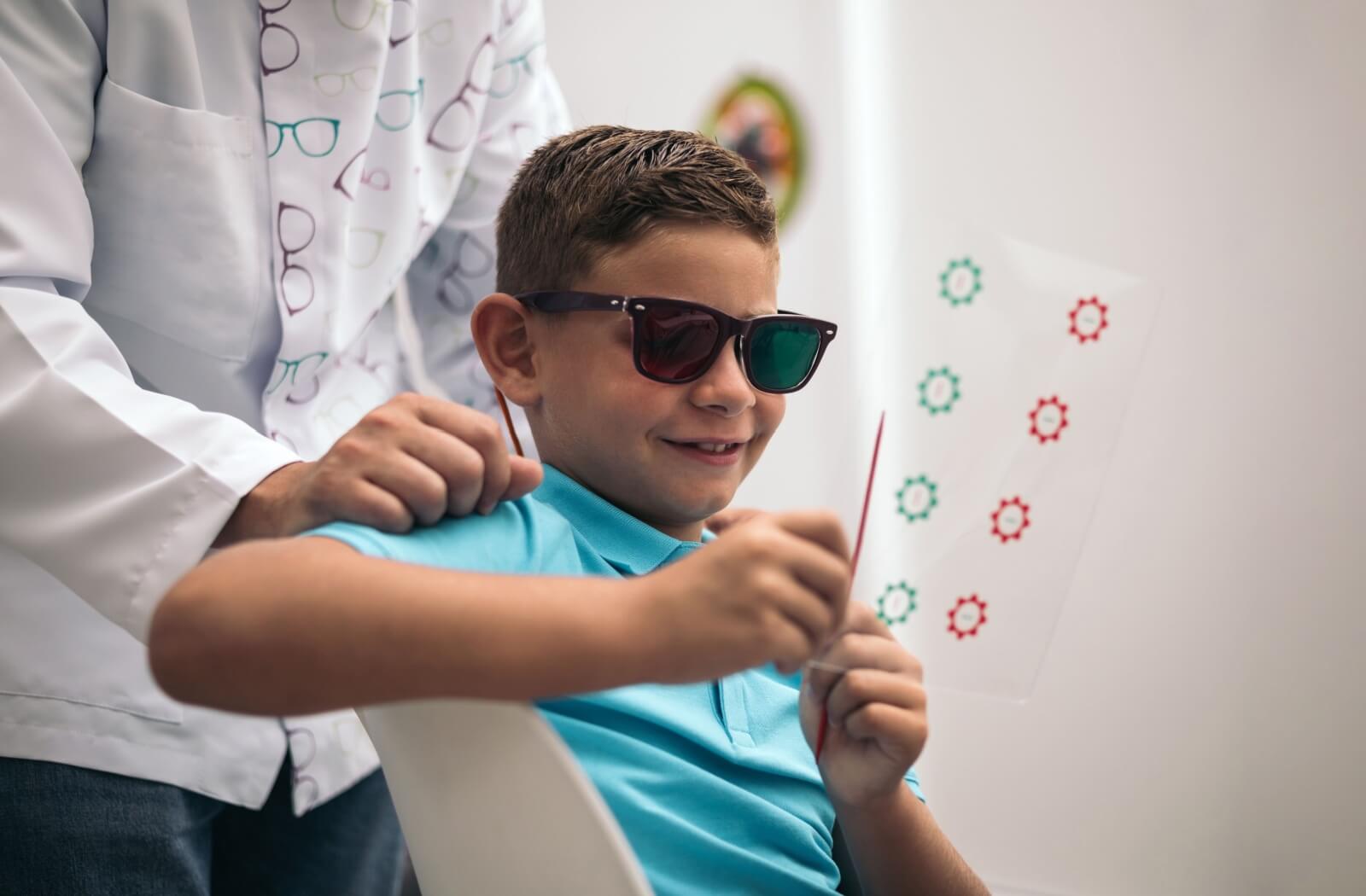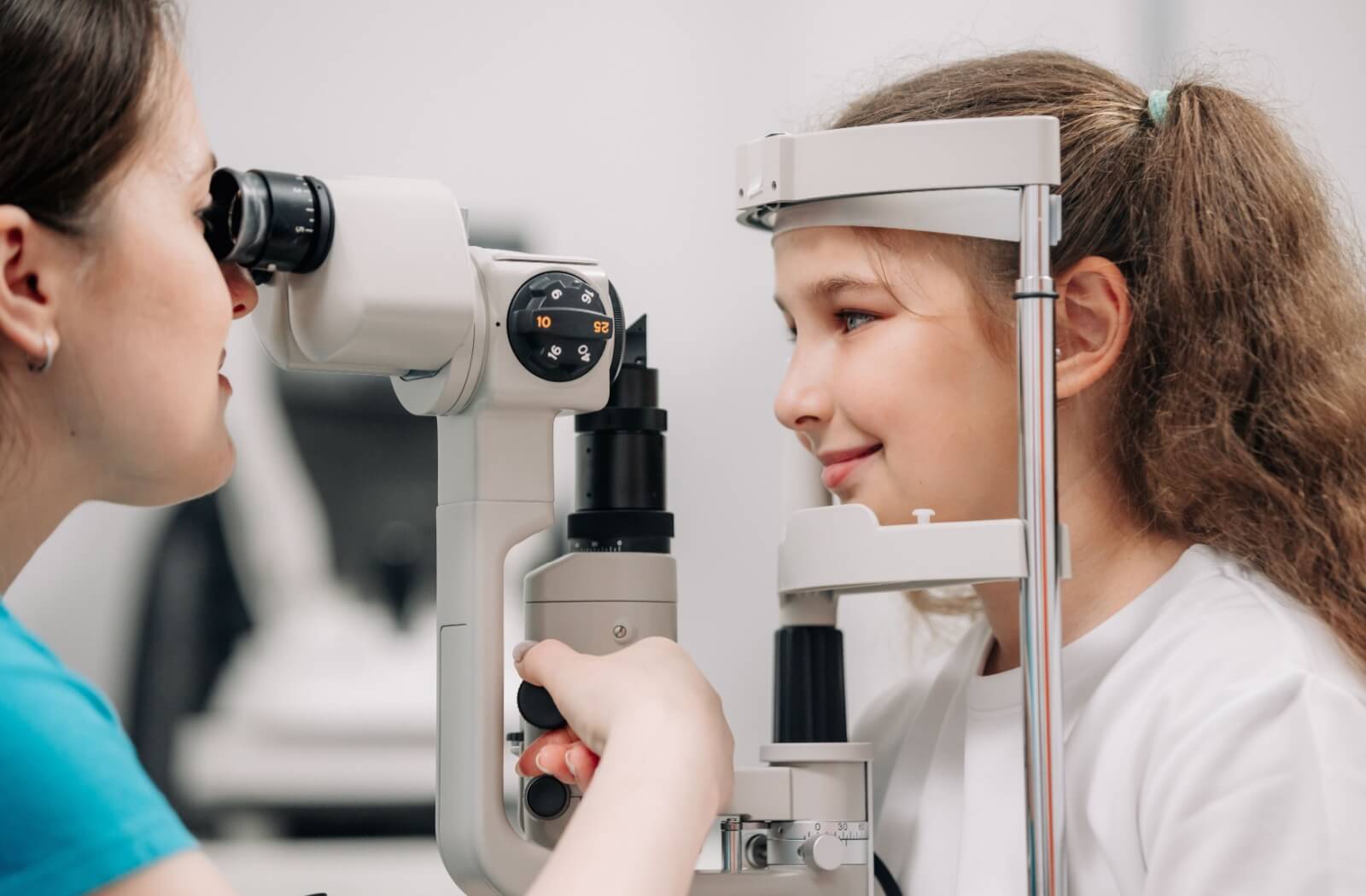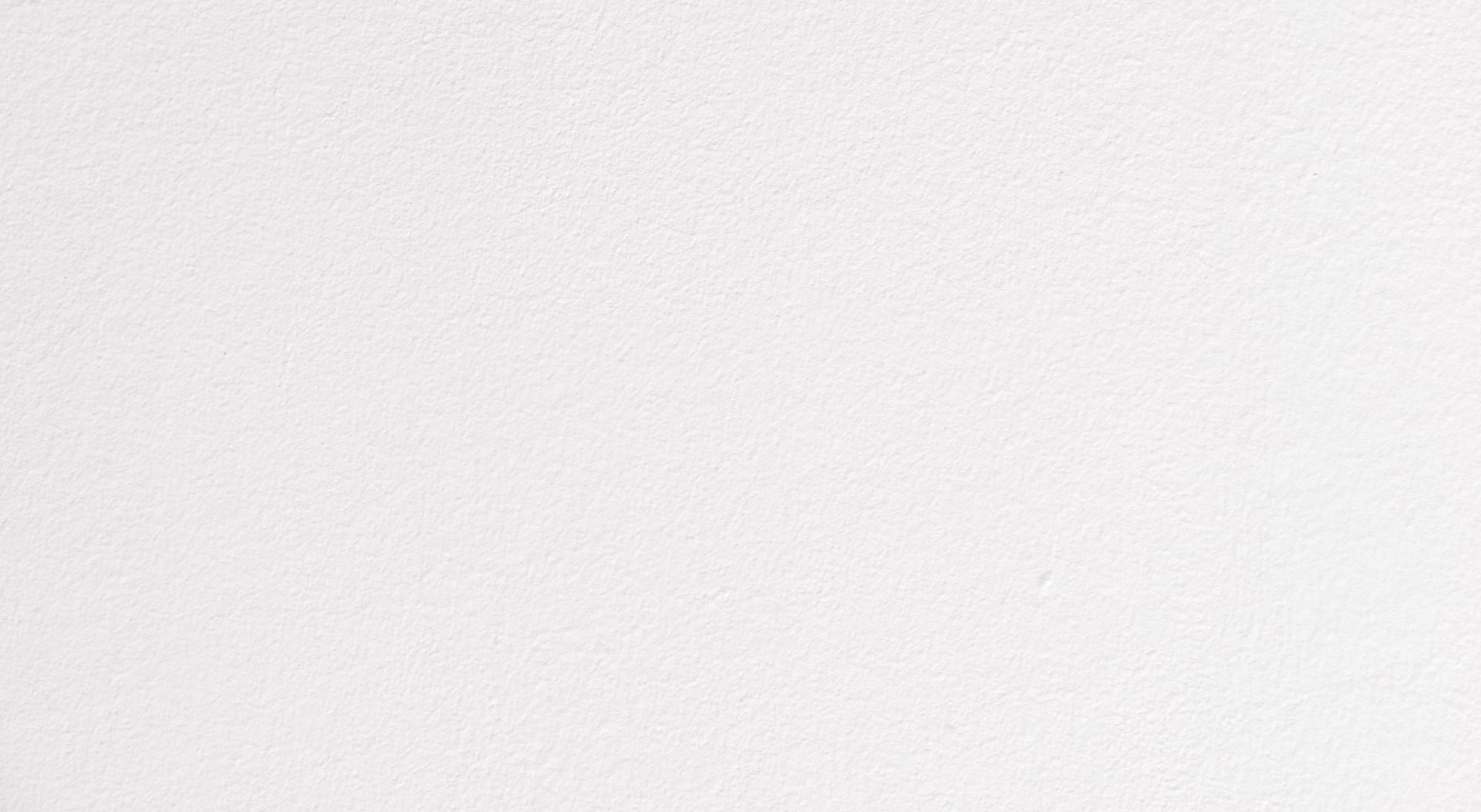Dry eyes can prevent clear vision and good comfort while wearing your contact lenses, making something as simple as blinking feel uncomfortable. But don’t worry—you can manage dry eye without giving up your contact lenses. With proper care, the right tools, and a little guidance, you can regain comfort and clarity.
If you’re struggling with dry eye while wearing contacts, your optometrist can help you manage your symptoms and enjoy the benefits contact lenses have to offer.
What Is Dry Eye?
Dry eye occurs when your eyes do not have enough good quality tears to cover the ocular surface. While anyone can experience dry eye, wearing contact lenses can exacerbate the condition by limiting oxygen flow to your cornea or interfering with tear production.
There are 2 primary types of dry eye, each affecting your tear film differently:
- Aqueous tear deficiency: The lacrimal gland does not produce enough of the “water” layer.
- Evaporative dry eye: The meibomian glands don’t produce enough oil to prevent tears from evaporating too quickly.
Both forms can result in symptoms like:
- Irritation
- Decreased wear time with contact lenses
- Vision Fluctuation
- Redness
- A sandy or gritty feeling
- Mucus discharge
- Eye infections / Corneal Ulcers
- Watery eyes
- Blurry vision
- Eye strain
- Sensitivity to light
Common Causes of Dry Eye
Dry eye disease is more common than you might think, and it can happen for a number of different reasons. This can make it difficult to diagnose without the proper tools. Some factors that can contribute to dry eye include:
- Medications like antihistamines, antidepressants, and blood pressure drugs
- Environmental factors, such as wind, air conditioning, or low humidity
- Health conditions such as allergies or Sjogren’s syndrome
- Hormonal changes or menopause
Contact lenses, specifically, can aggravate dry eyes since they require tear film on both underneath and on top of the lens. Patients who over wear lenses, sleep in contact lenses, do not follow proper cleaning and replacement are more likely to develop dry eye syndrome.
Managing Dry Eye While Wearing Contact Lenses
Dry eye doesn’t mean you need to say goodbye to your contact lenses, but it does require you to have good contact lens hygiene and follow your doctor’s recommendations. Here are some effective ways to manage symptoms while continuing to wear your lenses.
Contact Lens Brand:
The type of contact lenses you wear can significantly impact your comfort:
- Silicone hydrogel lenses can allow for increased oxygen flow to your eyes, reducing dryness.
- Scleral lenses cover the entire corneal surface and trap moisture, providing a protective, hydrating barrier.
- Daily disposable lenses offer a fresh start each day, reducing the risk of allergens and buildup that contribute to dryness.
Ask your eye doctor which type of lenses best suits your symptoms and lifestyle.
Contact Lens Solution:
Not all contact lens solutions are created equal—some may irritate your eyes or contribute to dryness. If you suspect that your contact solution is causing discomfort, try switching to one recommended by your optometrist. Preservative-free solutions are often a better match for sensitive eyes.
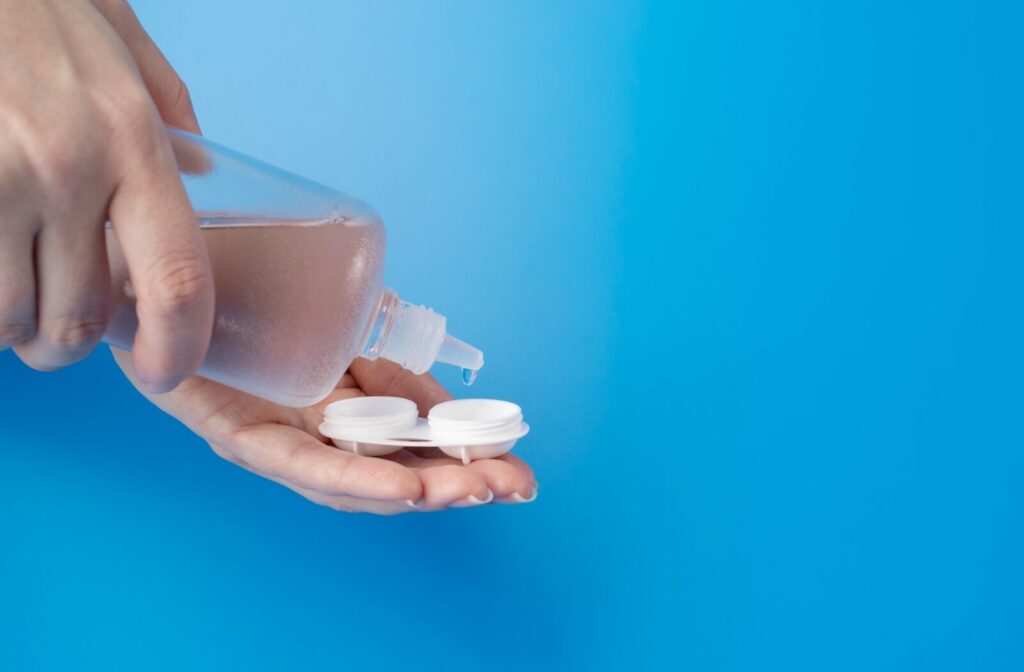
Maintain Proper Lens Hygiene
Good lens care habits are essential for eye health and comfort:
- Always clean your lenses with the solution recommended by your doctor.
- Replace your contact lens case monthly to avoid bacterial buildup.
- Adhere to the recommended schedule for wearing and replacing your lenses.
- Avoid wearing contacts if you’re dealing with an eye infection, cold, or flu.
- Do not sleep in your contact lenses.
Adjust Your Environment
Dry environments can worsen dry eye symptoms. Make small changes to reduce environmental triggers, such as:
- Using a humidifier to increase indoor air moisture.
- Avoiding direct air from fans, heaters, or air conditioning.
- Taking breaks from digital screens in order to reduce eye strain.
Improve Your Eye Health Through Nutrition
Foods rich in vitamins and fatty acids can support tear production and reduce inflammation associated with dry eye. Include key nutrients in your diet, such as:
- Omega-3 fatty acids: Found in fish like salmon and walnuts
- Vitamin A: Found in carrots and sweet potatoes
- Lutein and zeaxanthin: Found in leafy greens like spinach
Treatments for Dry Eye
If your dry eye symptoms persist despite at-home care and over-the-counter solutions, then it is time to discuss this with your optometrist. However, severe or untreated dry eye can eventually lead to complications like vision loss and corneal damage, so don’t wait too long.
During your comprehensive eye examination, your optometrist will conduct a thorough evaluation of your eyes. They have the tools and knowledge to diagnose the root causes of your dry eye and recommend a treatment plan to help you see comfortably again.
These treatments may include:
- iLux
- Lumenis OptiLight intense pulsed light (IPL)
- BlephEx
- TempSure Envi
- Prescription Eye Drops
Your Vision Is Our Priority!
Managing dry eye while wearing contacts may seem like a challenge, but you don’t have to face it alone. Let our Bella Vision team help you enjoy clear, comfortable vision again.
From custom-tailored treatments to supportive care, our team is here to help your eyes hold onto that fresh feeling, Don’t delay—take the first step toward hydrated, irritation-free vision. Book your appointment today and experience the difference comprehensive care can make.
